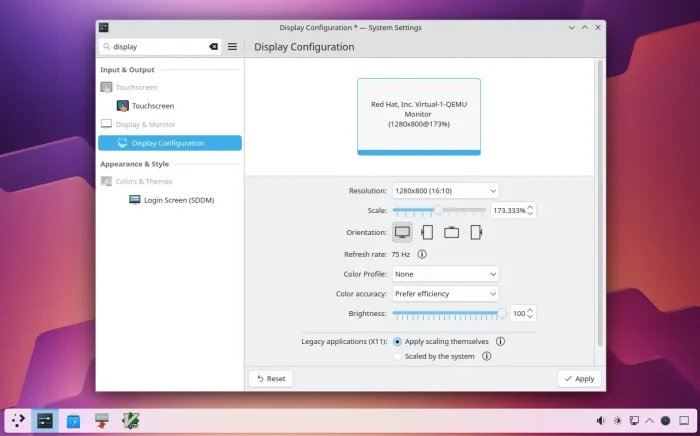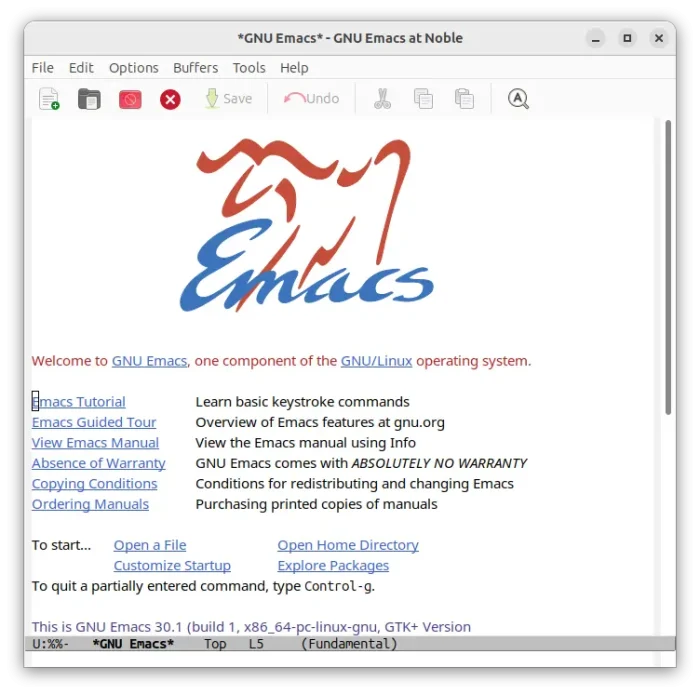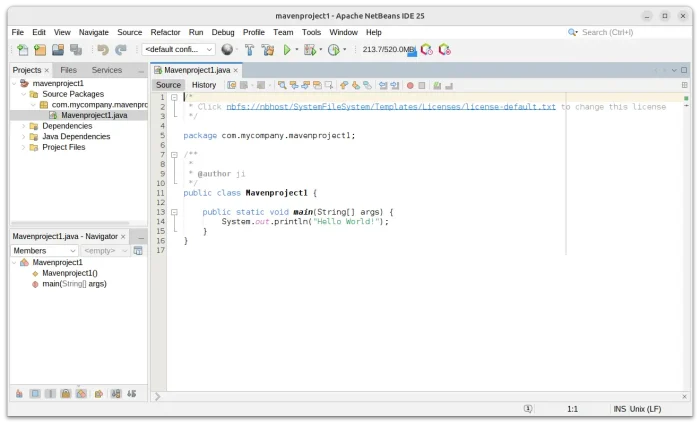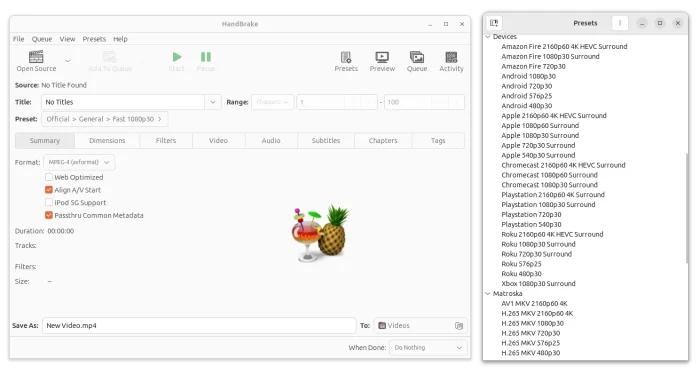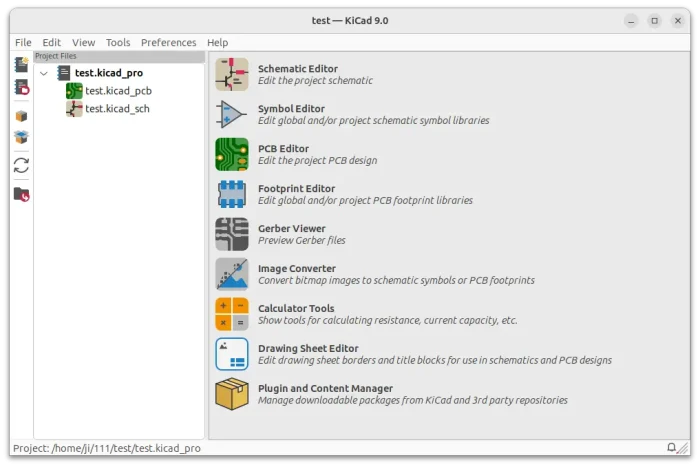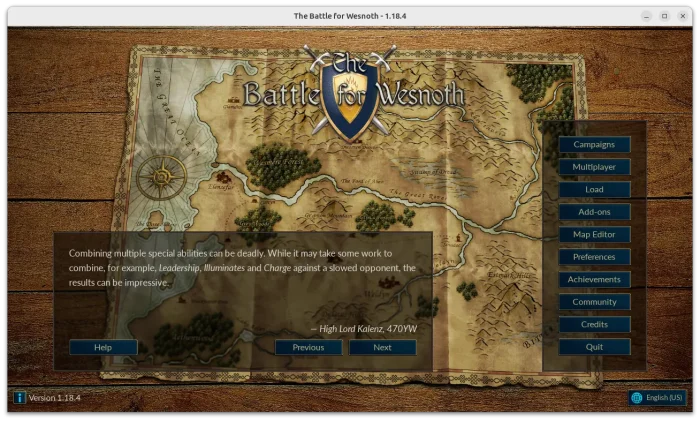NVIDIA announced the new 570.124.04 stable driver yesterday as the latest production branch version for Linux users.
Compare to the last 570.86.16 Beta driver, this release added new conceal_vrr_caps parameter to the nvidia-modeset kernel module. Which, allows to enable features on displays (such as ULMB) that are incompatible with variable refresh rate (VRR).






